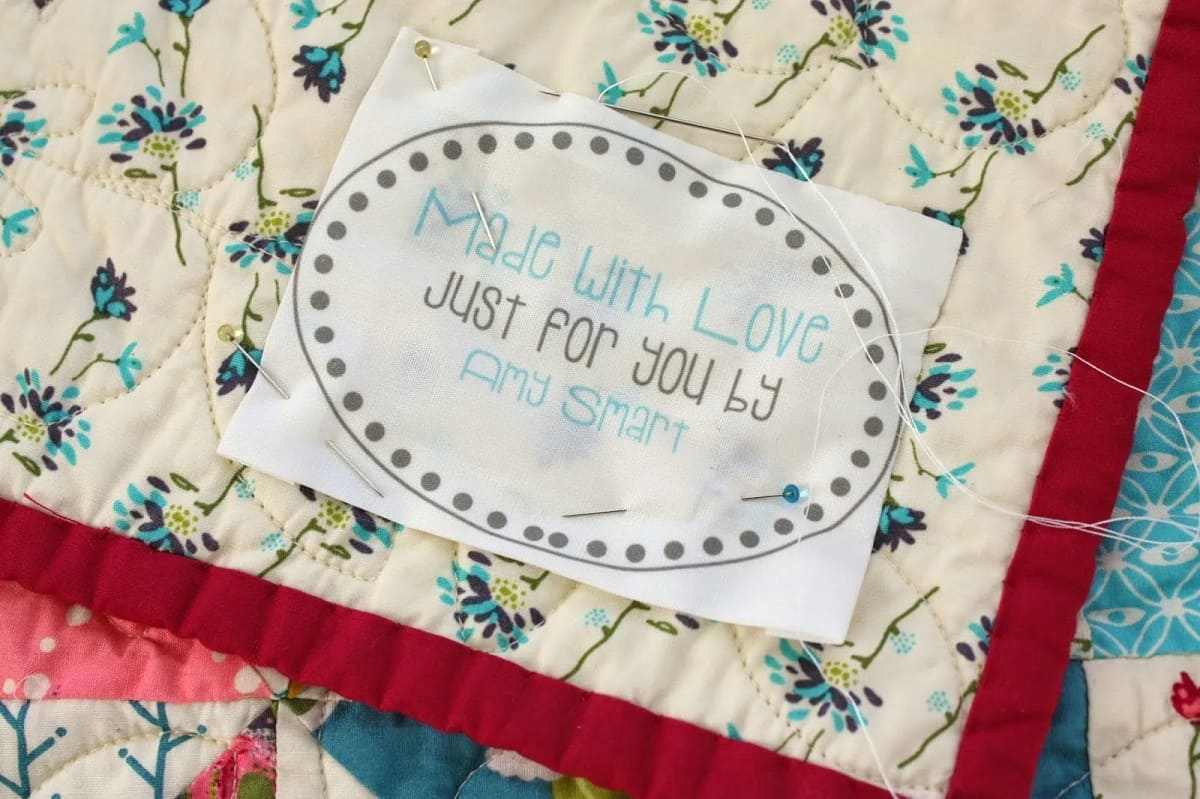

Articles
What To Write On A Quilt Label
Modified: February 24, 2024
Looking for articles on what to write on a quilt label? Find helpful tips and ideas for creating meaningful quilt labels to accompany your handmade creations.
(Many of the links in this article redirect to a specific reviewed product. Your purchase of these products through affiliate links helps to generate commission for Storables.com, at no extra cost. Learn more)
Introduction
Quilts are not merely pieces of fabric sewn together; they are cherished works of art and craftsmanship, passed down through generations. Each quilt tells a unique story and holds sentimental value. One way to preserve the history and sentiment of a quilt is by attaching a quilt label. A quilt label serves as a permanent documentation of the quilt’s creation, the maker’s identity, and any additional information that helps to unravel the story behind the quilt.
Quilt labels are not just practical additions; they are an essential part of the quilting process. They ensure that the story of the quilt lives on, even when the hands that made it are long gone. Whether the quilt is a personal project, a gift, or a commissioned piece, a quilt label is the finishing touch that adds a touch of tradition and authenticity.
There are several reasons why adding a quilt label is vital. Firstly, it helps in identifying the maker of the quilt. This is particularly significant for quilters who sell or showcase their work, as it allows for recognition and acknowledgement of their craftsmanship. Secondly, quilt labels provide the opportunity to date the quilt, making it easier to trace its history and appreciate its age. Lastly, a quilt label can be a heartfelt way to connect with future generations and pass down the story of the quilt.
Whether you are a seasoned quilter or just starting out, knowing what to write on a quilt label is important. It not only adds value to the quilt but also provides a glimpse into the significance and meaning behind its creation. In the following sections, we will explore the basic information to include on a quilt label, as well as ideas for personalization and creativity. We will also discuss tips for writing on a quilt label, suggestions for embellishments and designs, and the importance of incorporating care instructions. By the end, you will be equipped with all the knowledge you need to create a meaningful and well-crafted quilt label.
Key Takeaways:
- Quilt labels are essential for preserving the history and legacy of quilts, providing recognition to the quilter, connecting generations, and adding a personal touch to the quilt.
- Including care instructions on quilt labels is crucial for ensuring the quilt’s longevity and beauty, guiding the owner in proper maintenance and preservation.
Read more: What To Write On A Wedding Quilt Square?
Importance of Quilt Labels
Quilt labels play a crucial role in preserving the history and legacy of a quilt. They serve as a permanent record of the quilt’s origin, maker, and other essential details. Let’s explore the importance of quilt labels in more detail:
- Identification: Quilt labels provide a means to identify the quilt and its creator. Including your name or signature on the label ensures that your work can be recognized and acknowledged. This is particularly important for quilters who sell or exhibit their quilts, as it adds credibility and allows for future reference.
- Documentation: Quilt labels document the story behind the quilt. By including details such as the date of completion, location, and purpose of the quilt, you create a historical record that can be valuable to future generations. These labels serve as a tangible link to the past and help to preserve the quilt’s legacy.
- Presentation: Adding a quilt label adds a professional and finished touch to your quilt. It shows that you have put thought and care into the creation of the quilt, and it enhances the overall presentation. Whether you are giving the quilt as a gift, displaying it in an exhibition, or passing it down as a family heirloom, a quilt label adds an extra layer of sophistication.
- Personalization: Quilt labels provide an opportunity for personalization and customization. You can add a personal message or quote that reflects the sentiment and meaning behind the quilt. This personal touch imparts a sense of authenticity and emotional connection to the quilt, making it even more special.
- Legacy: Quilts are often treasured and passed down through generations. By including a quilt label, you ensure that the story and history of the quilt are preserved. Future owners will be able to appreciate the quilt’s origin, understand its significance, and continue to cherish it as a family heirloom.
Overall, quilt labels are not just a decorative addition; they serve a crucial purpose in documenting and honoring the quilt’s history. They provide recognition to the quilter, connect generations, and add a personal touch to the quilt. The next section will delve into the essential information to include on a quilt label to ensure it effectively serves its purpose.
Basic Information to Include on a Quilt Label
A well-crafted quilt label should contain certain essential information that helps to identify and document the quilt. The following are the basic details to include on a quilt label:
- Name: Start by including your name as the quilt maker. This is not only a way to sign your work but also ensures that you are credited for your craftsmanship.
- Date: Indicate the completion date of the quilt. This information serves as a reference point for tracing the quilt’s history and appreciating its age.
- Title (optional): If your quilt has a specific title or theme, you may want to include it on the label. This adds a unique touch and helps in understanding the inspiration behind the quilt.
- Location (optional): If there is a significant location associated with the quilt, such as the place it was made or a special event it commemorates, you can include it on the label. This further contextualizes the quilt and adds to its story.
- Quilt Dimensions: Provide the measurements of the quilt, including both width and length. This information is helpful for future owners or curators when determining the appropriate display or storage space for the quilt.
- Fabric and Techniques Used: Consider including a brief description of the fabrics and techniques used in creating the quilt. This can be especially interesting for those with a passion for quilting and want to know more about your process.
- Additional Information: Depending on the context and significance of the quilt, you may want to add any additional relevant details. This could include the purpose of the quilt, the occasion it was made for, or any special features or stories associated with it.
When deciding on the format and placement of the label, you have several options. You can sew the label directly onto the back of the quilt, create a separate fabric label that can be attached, or even incorporate it into the quilt design itself. Whichever method you choose, ensure that the label is securely attached and can withstand the test of time.
Remember, the goal of including basic information on a quilt label is to provide a comprehensive record of the quilt’s creation. It allows future generations to understand and appreciate the quilt’s background, ensuring that its story lives on for years to come.
Personalization and Creativity on Quilt Labels
While including basic information on a quilt label is important, adding a personal touch and unleashing your creativity can make it even more special. Quilt labels offer an opportunity to express yourself and infuse the label with your unique style. Here are some ideas to personalize and get creative with your quilt labels:
- Personal Message: Consider including a personal message on the label. This could be a heartfelt note or a special dedication to someone who inspired or supported you during the quilting process. It adds a personal touch and creates a lasting connection between the quilt and its recipient.
- Quotes and Sayings: Find a meaningful quote or saying that resonates with the theme, purpose, or sentiment of the quilt. It could be a famous quote, a line from a poem, or even a family motto. Including such words of wisdom or inspiration adds depth and character to the quilt label.
- Embroidery or Handwriting: Instead of printing the information on the quilt label, you can take it a step further by embroidering or handwriting the details. This adds a personal, handcrafted feel to the label and makes it truly one of a kind.
- Symbolic Images: Use small fabric appliques or embroidery to incorporate symbolic images on the quilt label. These could represent something significant about the quilt, such as a favorite flower, a family crest, or a hobby or interest of the recipient. These images can add visual interest and further tell the story of the quilt.
- Colorful Fabric and Borders: Experiment with different fabric choices and colorful borders to make the quilt label visually appealing. Select fabrics that complement or contrast with the quilt itself, and consider adding embellishments like lace, ribbons, or buttons to create a striking border.
- Unique Label Shape or Design: Instead of a traditional rectangular label, explore different label shapes and designs. It could be a circle, heart, or any other shape that reflects the theme or style of the quilt. You can also add decorative stitching or quilting patterns around the edge of the label for added flair.
- Hand-sewn Signature: Rather than simply writing your name on the label, consider sewing your signature using embroidery thread. This adds a personal touch and showcases your dedication to the quilt’s creation.
- QR Code: For a modern twist, you can create a QR code that links to a webpage or digital file where you can share more information about the quilt. This allows you to provide additional details, photos, or even videos that enhance the quilt’s story.
Remember to consider the overall design and style of your quilt when choosing how to personalize the label. You want the label to complement the quilt in terms of colors, fabrics, and overall aesthetic. With these creative ideas in mind, you can transform a simple quilt label into a unique and memorable piece of art.
Messages and Quotes for Quilt Labels
Adding a thoughtful message or meaningful quote on a quilt label can elevate its significance and evoke emotions. It provides an opportunity to express the sentiment, purpose, or inspiration behind the quilt. Here are some ideas for messages and quotes to consider:
- Warmth and Comfort: “Wrap yourself in love and warmth.”
- Family and Heritage: “Handcrafted with love from generation to generation.”
- Celebrating Life’s Milestones: “Created to commemorate a special moment.”
- Friendship and Support: “Stitched with love and friendship in every seam.”
- Gratitude and Appreciation: “Thanks for being a treasured part of my quilt journey.”
- Hope and Encouragement: “May this quilt bring warmth and comfort during difficult times.”
- Love and Romance: “Made with love to cuddle you forever.”
- Nature and Inspiration: “Nature’s beauty stitched into every fabric square.”
- Life Lessons and Wisdom: “Every stitch tells a story of perseverance and resilience.”
- Customizable Quotes: Consider adding a quote that has significance to you or the recipient. It could be a line from a favorite song, a favorite book, or a famous inspirational saying.
When choosing a message or quote, think about the overall theme, purpose, or story of the quilt. Tailor the words to match the emotions and feelings you want to evoke when the quilt is seen and experienced.
Additionally, consider the style and design of the quilt label when incorporating the message or quote. Use fonts, colors, and layouts that complement the overall aesthetic of the quilt and the label itself. You can experiment with different font styles, sizes, and placements to create a visually pleasing and readable label.
Remember that the message or quote should be meaningful to you and the recipient, as it will add a personal touch to the quilt. It will create a connection and convey the sentiment behind the hours of work that were poured into the creation of the quilt.
Take your time to find the perfect words that resonate with your quilt and reflect its true essence. A well-chosen message or quote will not only enhance the quilt label, but also add depth and emotion to the quilt itself.
When writing on a quilt label, be sure to include the quilt maker’s name, the date it was made, and any special details about the quilt or the occasion it was made for. This information will help preserve the quilt’s history for future generations.
Read more: How To Make A Label For A Quilt
Tips for Writing on a Quilt Label
Writing on a quilt label requires careful consideration to ensure that the information is clear, legible, and long-lasting. Here are some helpful tips to keep in mind when writing on a quilt label:
- Use a permanent pen: Select a pen or marker that is specifically designed for fabric and is labeled as permanent. This will ensure that the writing does not fade or wash away over time.
- Practice on scrap fabric: Before writing directly on the quilt label, practice on a scrap piece of fabric to get a feel for the pen and test the legibility of your handwriting. This will help you feel more confident when you write on the actual label.
- Write with a light hand: Apply consistent, gentle pressure when writing on the quilt label. Avoid pressing too hard, as it may cause the ink to bleed or the fabric to distort.
- Consider using stencils or templates: If you are concerned about your handwriting, you can use stencils or templates to create uniform and professional-looking letters. These can be easily traced onto the label and then filled in with the permanent pen.
- Choose a legible font size and style: Opt for a font size that is large enough to be easily read, especially if the label will be seen from a distance. Stick to clear and simple fonts to ensure readability.
- Leave enough space: Make sure to leave enough empty space on the quilt label to accommodate all the necessary information. Crowded writing may be difficult to read and can detract from the overall appearance of the label.
- Consider contrast: Use a pen color that contrasts well with the fabric of the label. For example, use a dark pen on a light-colored label or a light pen on a dark-colored label. This will make the writing more visible and easier to read.
- Proofread and double-check: Before finalizing the writing on the quilt label, double-check for any spelling mistakes or errors. It’s a good idea to have someone else proofread it as well, as they may catch any errors that you may have missed.
- Protect the label: Once the writing is complete, consider applying a fabric sealant or using an iron-on protective sheet to help prevent the ink from smudging or fading. This will ensure that the writing on the quilt label stays intact for years to come.
- Embrace imperfections: Remember that handmade quilts and their labels are a labor of love. Embrace any imperfections in your handwriting or lettering, as they add a personal and human touch to the label.
Following these tips will help you create a well-written and long-lasting quilt label that enhances the overall presentation and preserves the important information for future generations.
Embellishments and Designs for Quilt Labels
Adding embellishments and designs to quilt labels can elevate them from functional pieces to works of art. These decorative elements not only enhance the visual appeal of the label but also complement the overall aesthetic of the quilt. Here are some creative ideas for embellishments and designs to consider for your quilt labels:
- Embroidery: Incorporate embroidery to add intricate details or designs on the quilt label. You can use embroidery thread to create beautiful motifs, borders, or even embellish the text on the label. This technique adds texture and a handmade touch to the label.
- Applique: Use fabric appliques to add unique shapes, symbols, or images to the quilt label. It could be something that represents the theme or inspiration behind the quilt, such as flowers, animals, or geometric patterns. Appliques add dimension and visual interest to the label.
- Fabric scraps: Use small fabric scraps to create a patchwork design on the label. This technique allows you to incorporate leftover fabric from the quilt itself, making the label seamlessly blend with the overall quilt design. It adds a cohesive and coordinated look.
- Ribbons and trims: Adorn the edges of the quilt label with ribbons, lace, or other decorative trims. This adds a touch of elegance and provides a frame for the label. Choose trims that complement the colors and style of the quilt.
- Buttons and beads: Sew buttons or beads onto the quilt label to create interesting patterns or focal points. You can use them to spell out initials, create a border, or simply embellish the label with a touch of sparkle or texture.
- Quilting stitches: Extend the quilting stitches from the quilt onto the label itself. This creates a visual connection between the label and the quilt, making it appear as a seamless part of the overall design. You can quilt simple lines, swirls, or any other quilting pattern of your choice.
- Transfers or stamps: Use fabric transfers or stamps to add printed or painted designs onto the label. This allows you to incorporate intricate or detailed artwork that may be challenging to achieve with other techniques. You can transfer images, patterns, or even text onto the label.
- Hand-drawn designs: Let your artistic skills shine by hand-drawing designs directly on the label. Using fabric markers or pens, you can create your own unique artwork, borders, or patterns. This adds a personal touch and showcases your creativity.
- Quilt label templates: If you prefer a more structured or uniform design, use quilt label templates. These templates provide pre-designed shapes and spaces for you to fill in with information or decorate as desired. Templates can be found online or in quilting books and magazines.
- Colorful thread: Instead of using a single color for the stitching on the label, consider using multiple colors of thread to create a vibrant and eye-catching design. This adds visual interest and can complement the colors used in the quilt itself.
Remember to consider the style and theme of your quilt when selecting embellishments and designs. The goal is to enhance the label while maintaining a cohesive and harmonious look with the quilt. Let your creativity guide you and have fun experimenting with different techniques and materials.
By incorporating these embellishments and designs, you can transform your quilt label into a beautiful, decorative element that adds an extra special touch to your quilt.
Care Instructions on Quilt Labels
Including care instructions on quilt labels is essential to ensure that the quilt remains in the best possible condition for years to come. These instructions guide the owner on how to properly care for and maintain the quilt. Here are some tips for including care instructions on your quilt labels:
- Washing: Specify whether the quilt is machine washable or if it requires special care, such as handwashing or dry cleaning. If machine washable, indicate the recommended water temperature, cycle, and detergent to use.
- Drying: Provide instructions on how to dry the quilt, whether it can be tumble dried on low heat or should be air-dried flat to prevent distortion or damage.
- Ironing: Indicate if the quilt can be ironed and at what temperature. Some quilts may need to be steamed or use a low heat setting to avoid damaging any delicate fabrics or embellishments.
- Storage: Offer guidance on how to properly store the quilt when not in use. This may include instructions to keep it in a cool, dry place away from direct sunlight, as well as suggestions for using fabric covers or acid-free tissue paper to protect the quilt.
- Repairing: If there are specific recommendations for repairing or addressing any damages that may occur, such as loose threads or worn patches, make sure to include these instructions on the label.
- Spot cleaning: Suggest proper spot cleaning techniques for smaller stains or spills. This could involve using a mild detergent, gently dabbing the affected area, and avoiding any harsh chemicals.
- Frequency of cleaning: Provide a general guideline for how often the quilt should be cleaned. This can help the owner gauge when it is necessary to clean the quilt and ensure its longevity.
- Special considerations: If your quilt has any unique qualities or requirements that need to be considered during care, such as avoiding exposure to pets or smokers, make sure to mention them on the label.
- Language and symbols: To ensure that the care instructions are universally understood, consider using both written language and internationally recognized laundry symbols on the label. The use of symbols can efficiently convey important care information to a wider audience.
- Font and formatting: Make sure that the text displaying the care instructions is legible and clear. Use a font size that is easy to read and consider bolding or highlighting the care instructions to make them stand out on the label.
By including comprehensive care instructions on your quilt label, you are providing valuable guidance to the quilt’s owner. Proper care will help preserve the appearance, quality, and longevity of the quilt, ensuring that it can be enjoyed for many generations.
Conclusion
Quilt labels are more than just decorative additions to a quilt; they are a vital part of its story and identity. The information on a quilt label helps document the quilt’s origin, maker, and other important details, ensuring that its history lives on for generations to come. By following the tips and ideas provided in this article, you can create quilt labels that are not only informative but also personalized and visually appealing.
We explored the importance of quilt labels in preserving the legacy of quilts and discussed the basic information that should be included on a quilt label. We also delved into ways to personalize and get creative with quilt labels, including adding messages and quotes that reflect the sentiment behind the quilt. Additionally, we explored embellishments and designs that can elevate the visual appeal of the label and make it a piece of art in itself.
Furthermore, we discussed the importance of care instructions on quilt labels, as they help guide the owner in ensuring the quilt’s longevity and beauty. By providing proper care instructions, you contribute to the preservation of the quilt and its ability to be enjoyed for years to come.
Remember, when creating a quilt label, it’s essential to find a balance between functionality and creativity. The label should effectively convey the necessary information while adding a personal touch and enhancing the overall aesthetic of the quilt.
Quilt labels are an opportunity to leave a lasting mark, connecting the past with the present and providing a glimpse into the story behind the quilt. They are a testament to the love, skill, and dedication poured into quilting. So, whether you are a seasoned quilter or just starting out, take the time to create thoughtful and well-crafted quilt labels that reflect the true essence of your quilts.
With each stitch and word, your quilt labels become a part of the quilt’s journey and ensure that its story lives on for generations to admire, cherish, and pass down.
Frequently Asked Questions about What To Write On A Quilt Label
Was this page helpful?
At Storables.com, we guarantee accurate and reliable information. Our content, validated by Expert Board Contributors, is crafted following stringent Editorial Policies. We're committed to providing you with well-researched, expert-backed insights for all your informational needs.
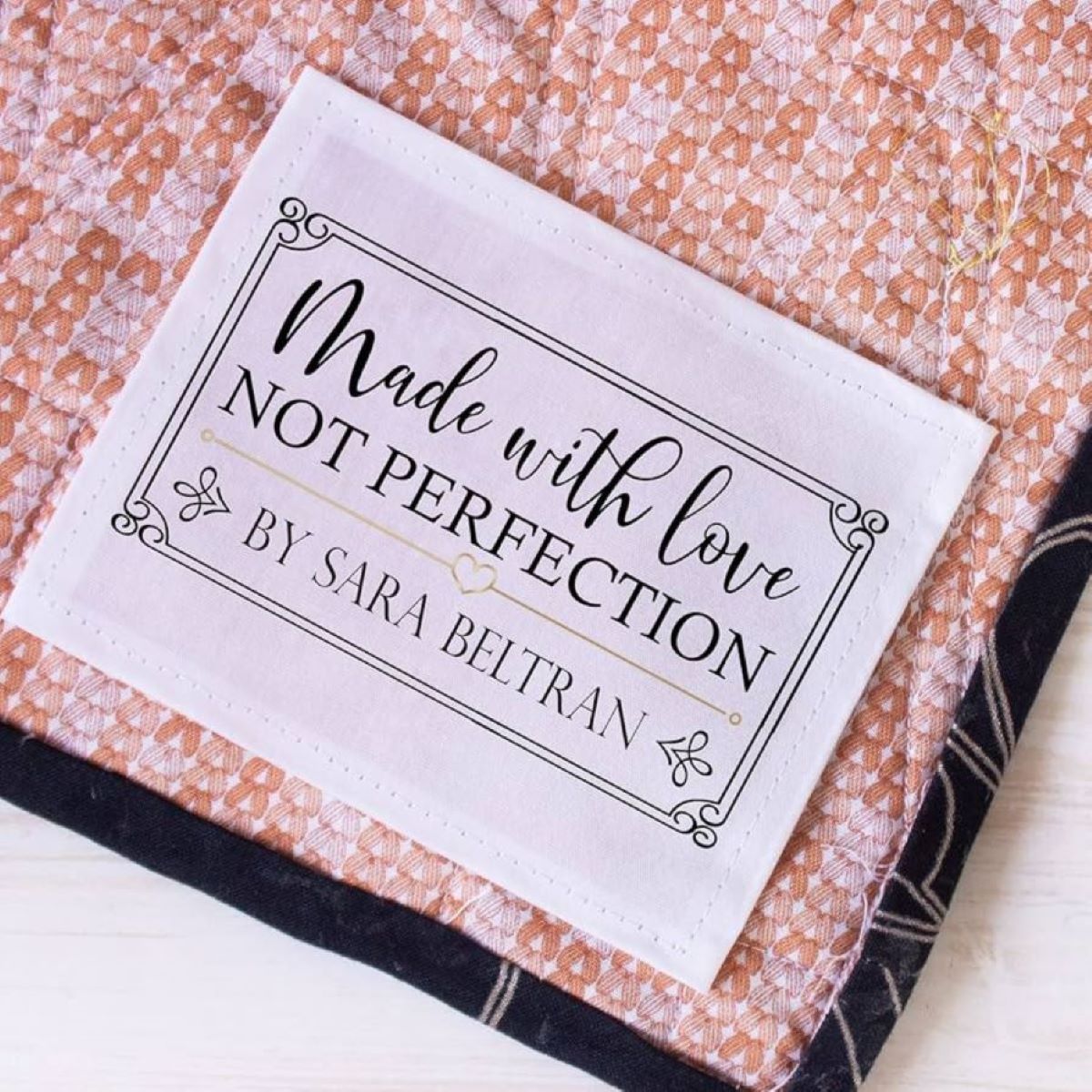
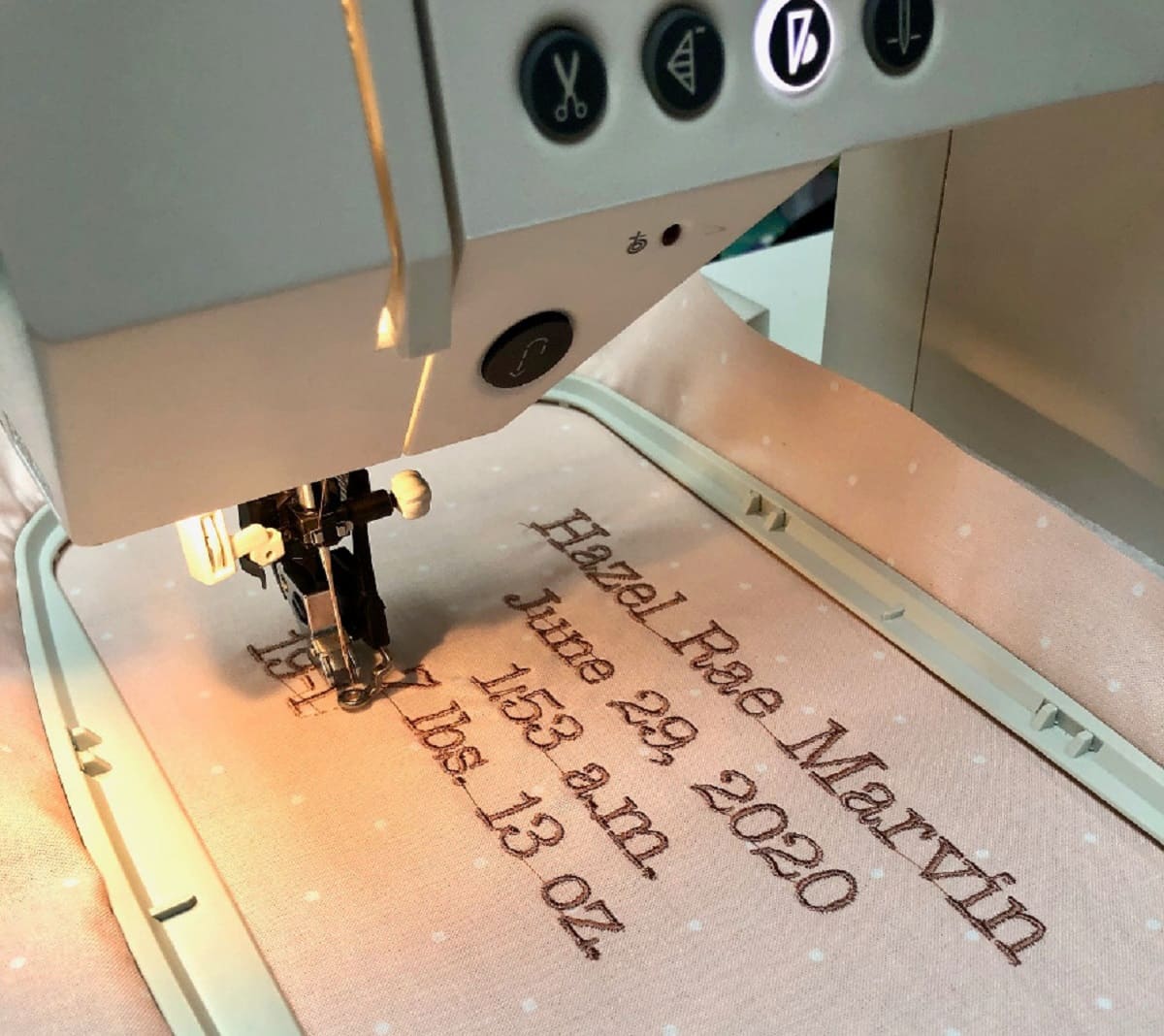
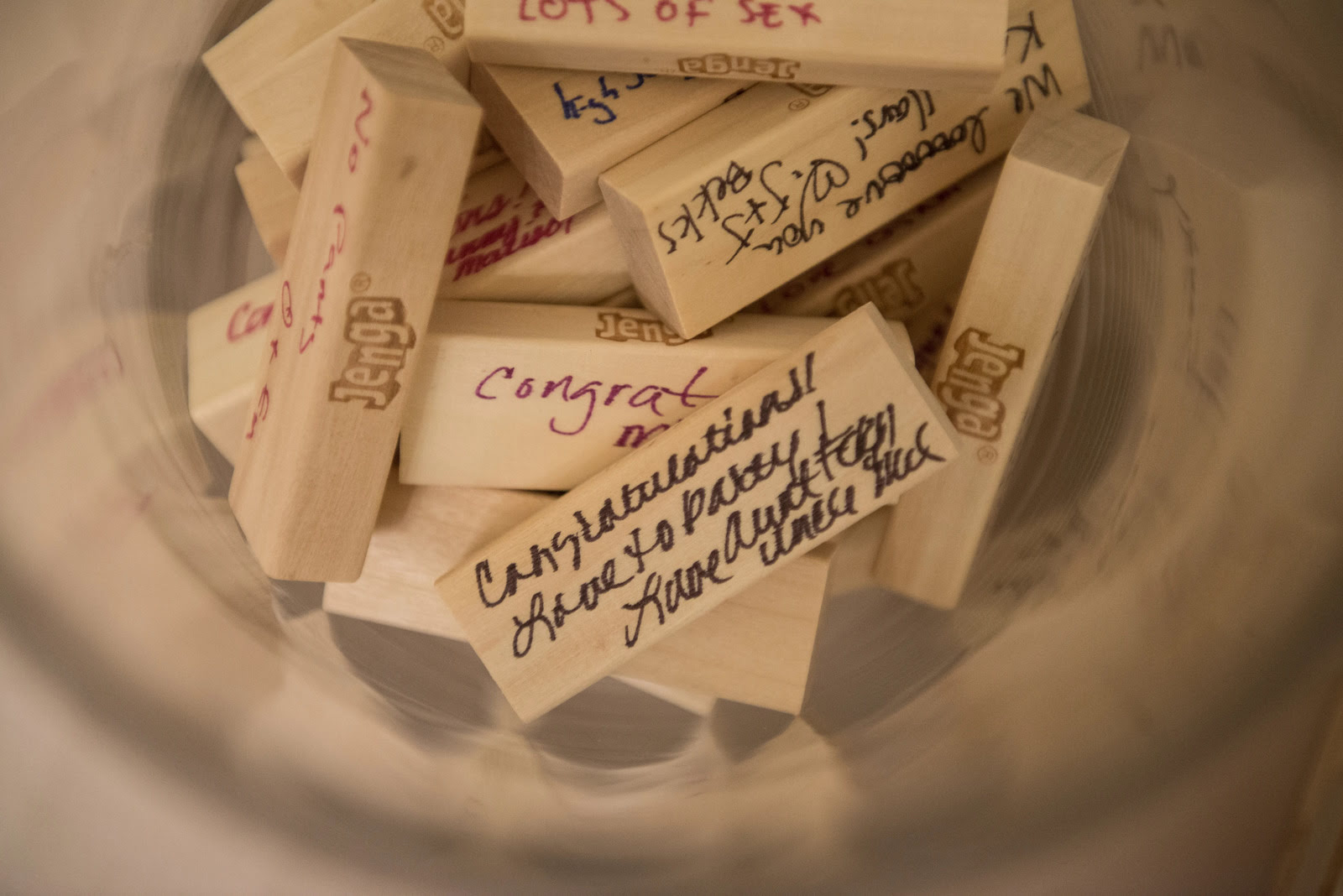
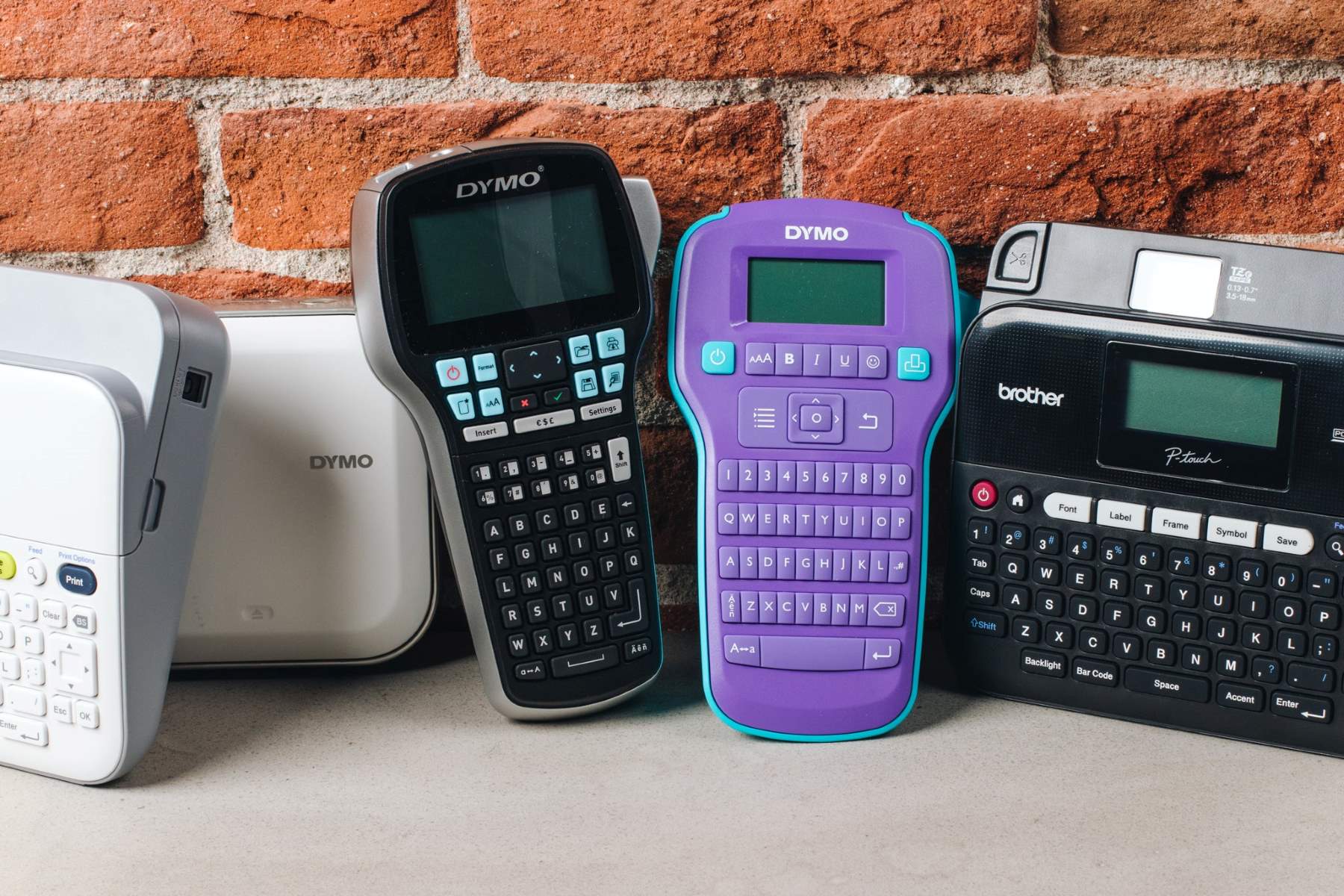

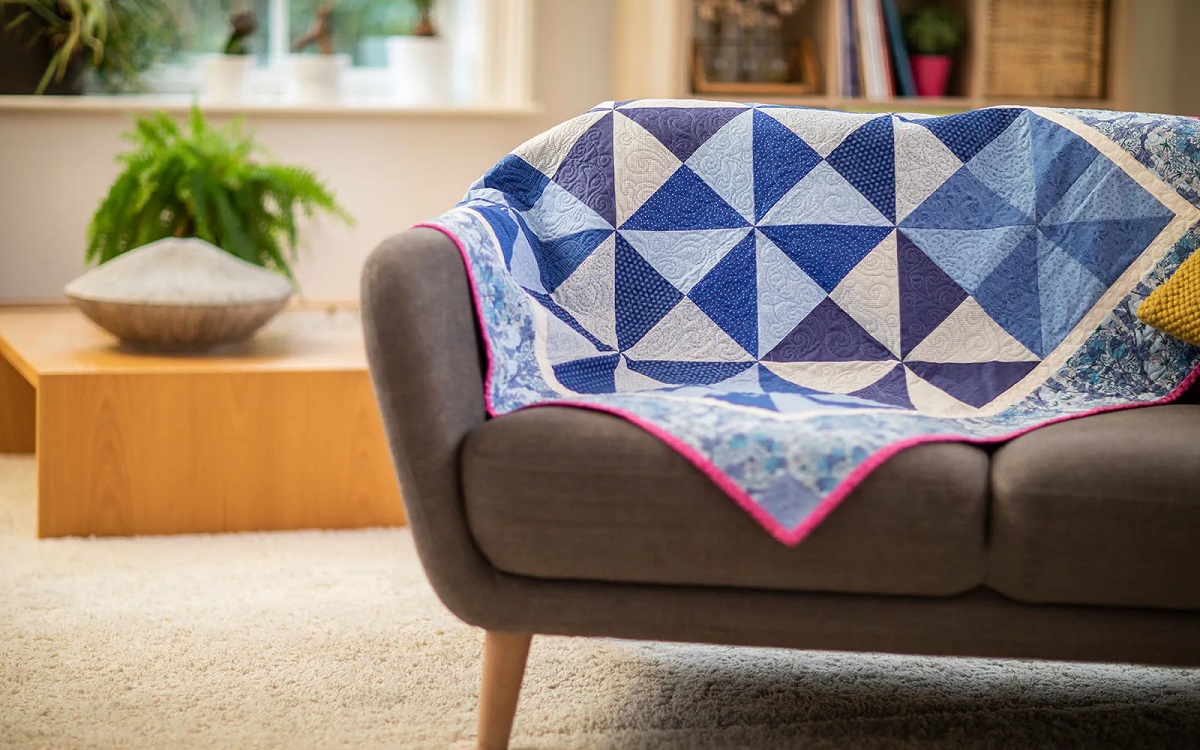

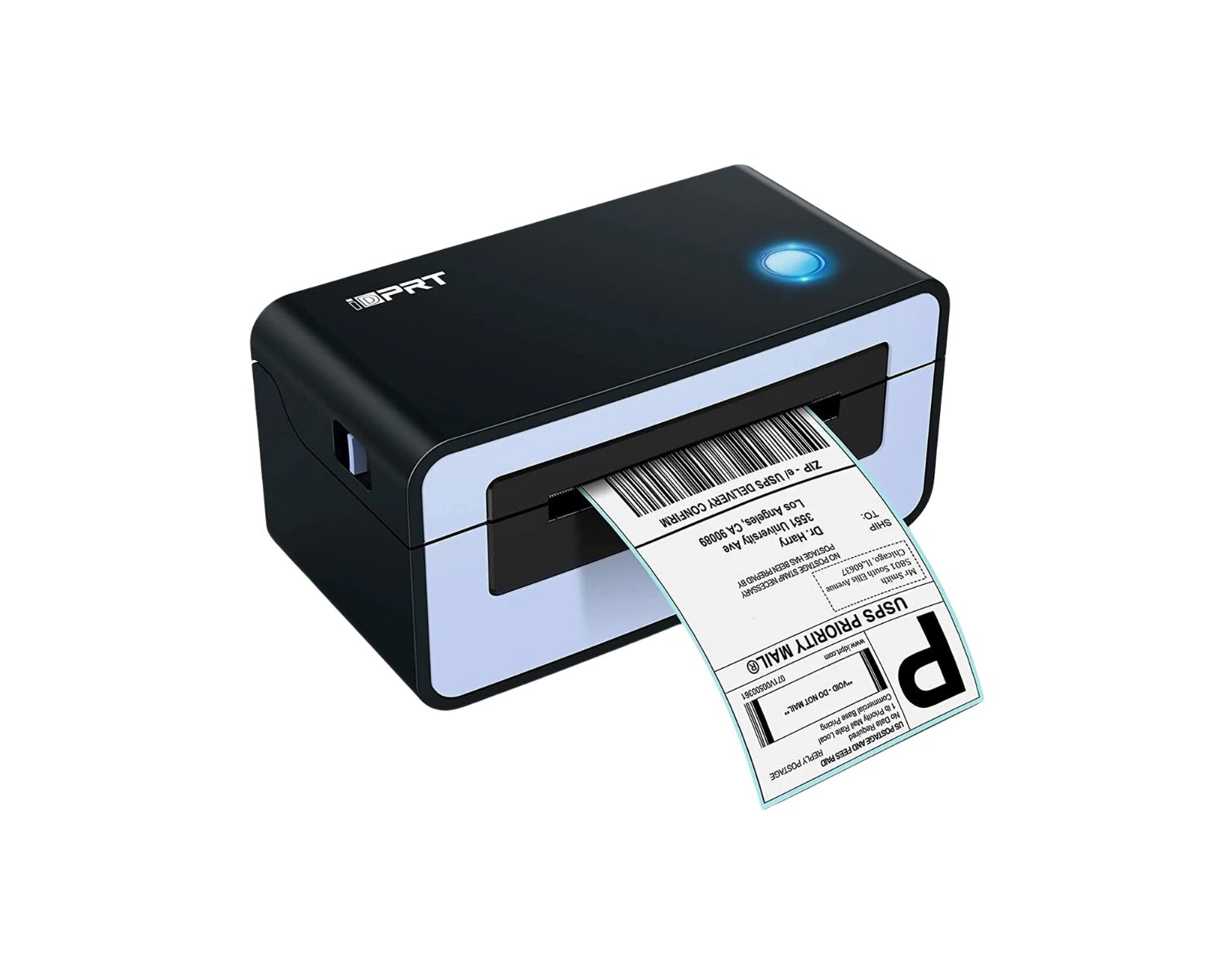



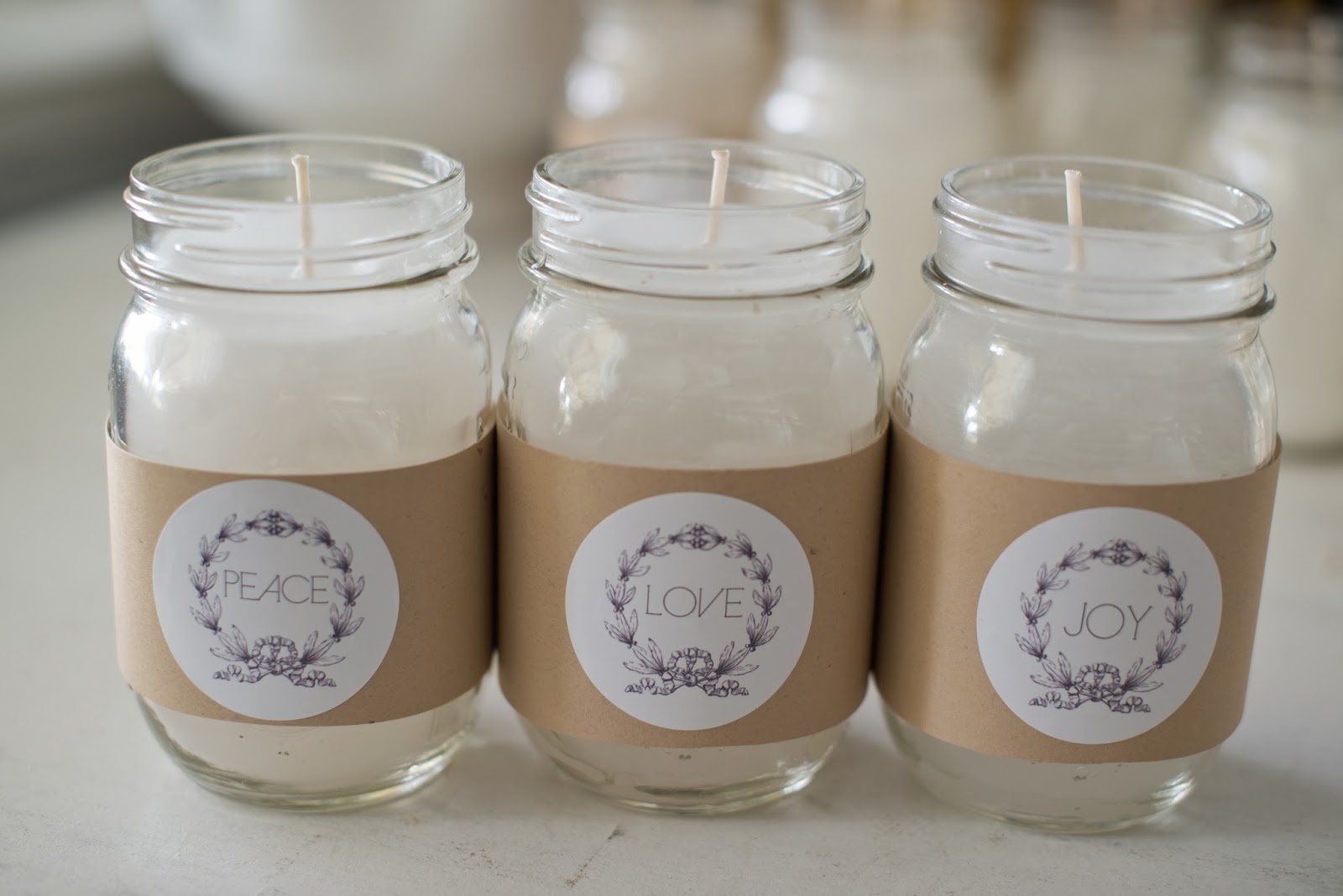
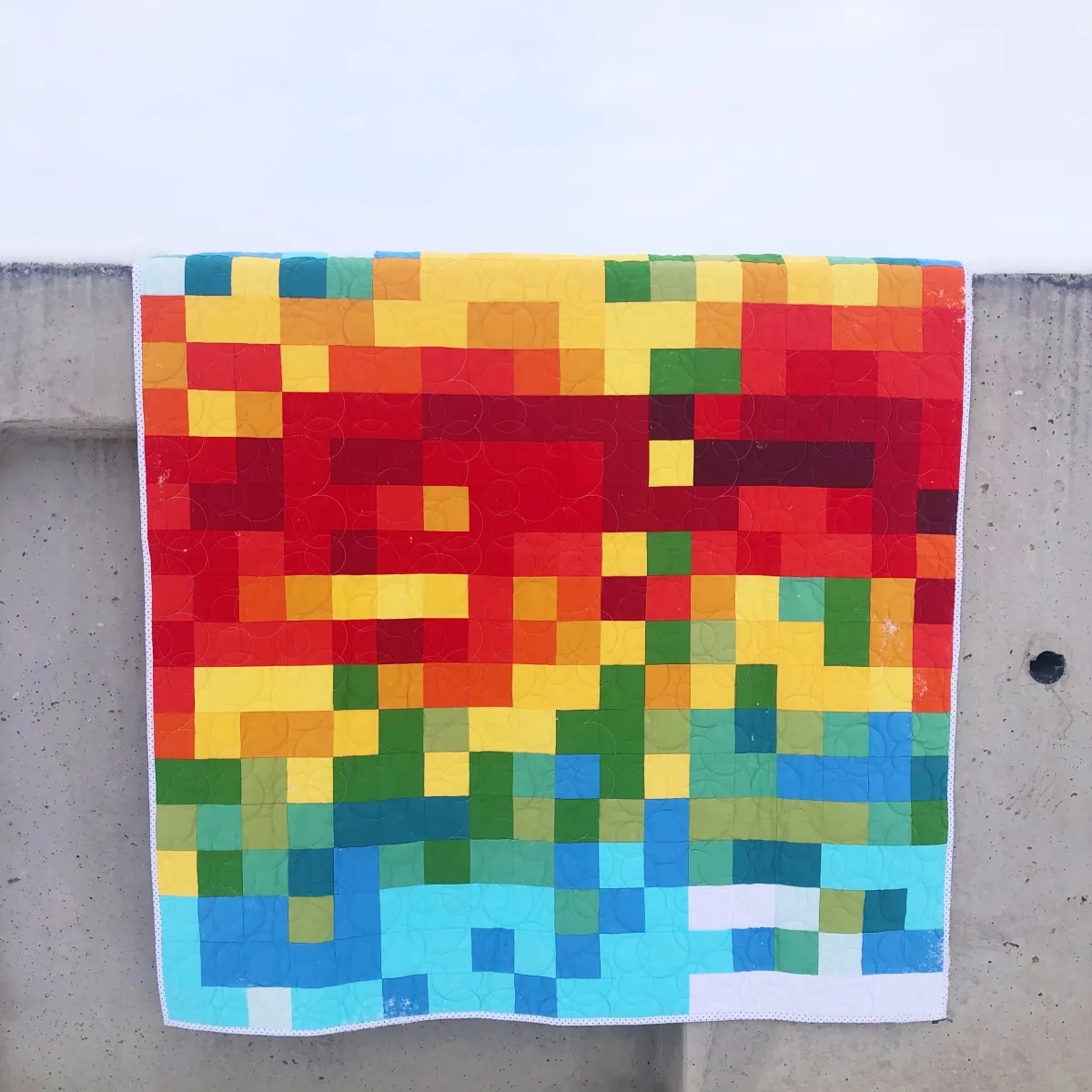
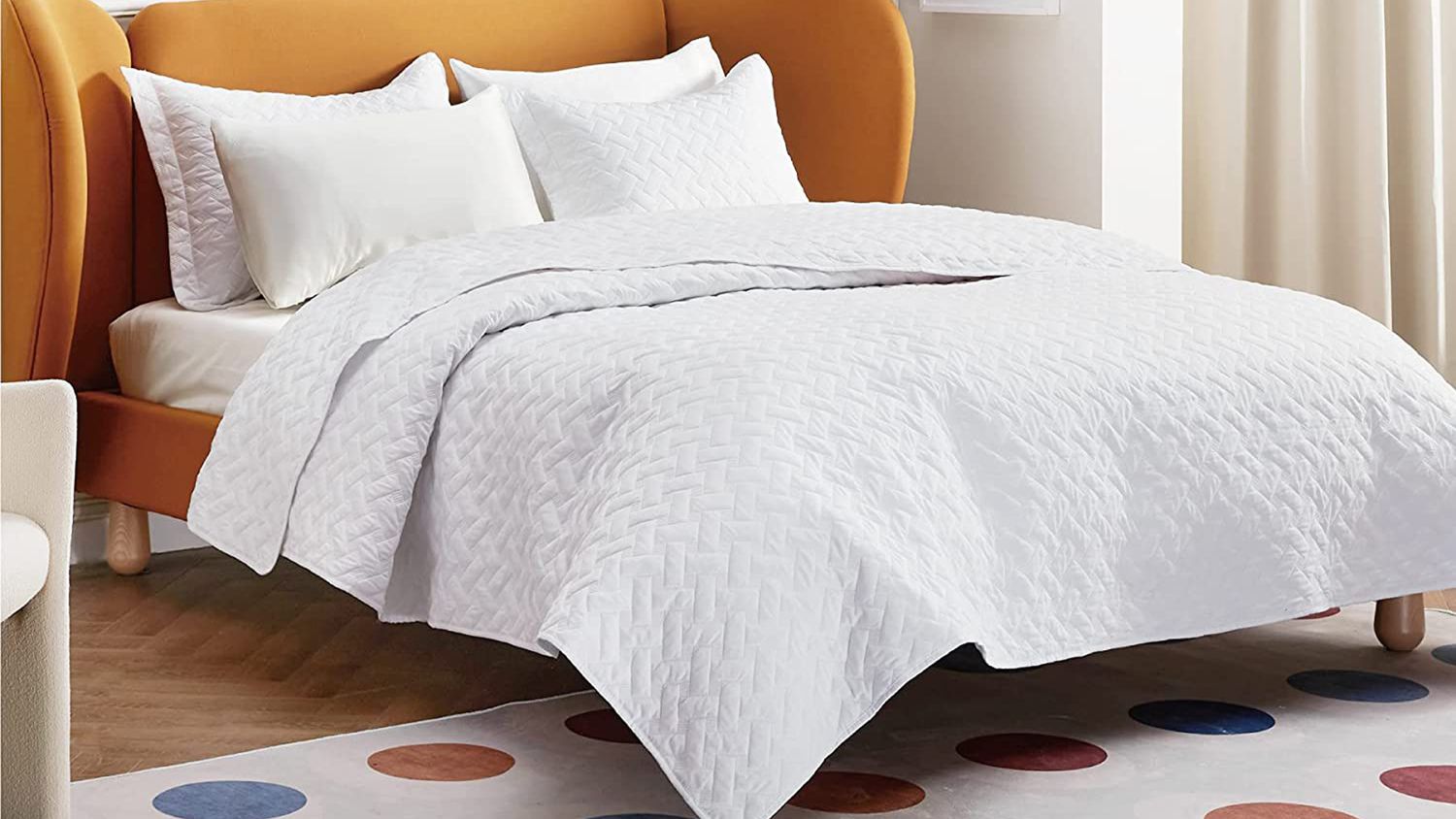

0 thoughts on “What To Write On A Quilt Label”